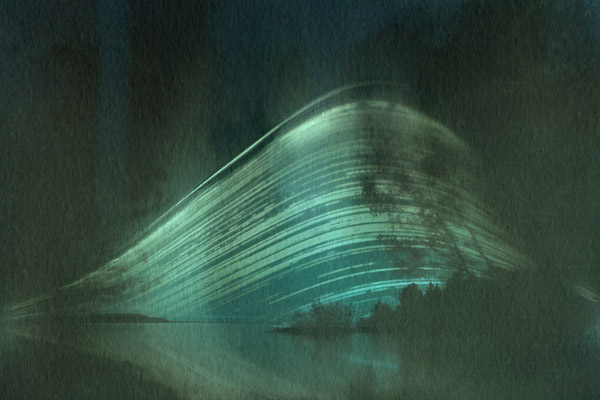jumboseafood
Member
In this video: https://www.youtube.com/watch?v=j1-6d5-V3f4
They claim on a round earth the sun should make an arc in the sky. Here are the diagrams used to explain this.

But instead he shows the sun setting and rising in the straight lines


What mistakes is he making here?
They claim on a round earth the sun should make an arc in the sky. Here are the diagrams used to explain this.
But instead he shows the sun setting and rising in the straight lines
What mistakes is he making here?
Last edited by a moderator:

